Publications Routes/Road Road assets management
This page lists Routes/Roads articles of PIARC in the field of road assets management. These publications are classified chronologically.
-
Introduction to the Features of the Special Routes/Roads on Road Asset Management
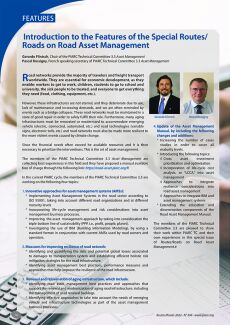
Road networks provide the majority of travelers and freight transport worldwide. They are essential for economic development, as they enable: workers to get to work, children, students to go to school and university, the sick people to be treated, and everyone to get everything they need (food, clothing, equipment, etc.).
-
Road Asset Management: Different approaches in different road networks
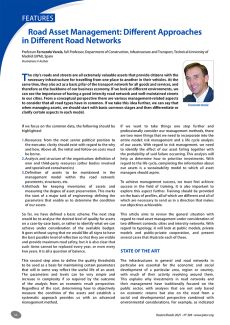
The city’s roads and streets are all extremely valuable assets that provide citizens with the necessary infrastructure for travelling from one place to another in their vehicles. At the same time, they also act as a basic pillar of the transport network for all goods and services, and therefore as the backbone of our business economy. If we look at different environments, we can see the importance of having a good intercity road network and well-maintained streets in our cities. From a [...]
-
Use of geosynthetics for more resilient infrastructure
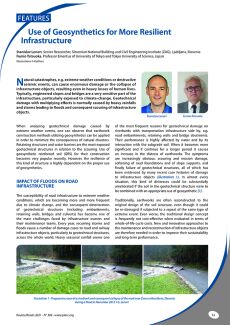
Natural catastrophes, e.g. extreme weather conditions or destructive seismic events, can cause enormous damage or the collapse of infrastructure objects, resulting even in heavy losses of human lives. Typically, engineered slopes and bridges are a very sensitive part of the infrastructure, particularly exposed to climate-change. Geotechnical damage with multiplying effects is normally caused by heavy rainfalls and storms leading to floods and consequent scouring of infrastructure objects.
-
Improving resilience of road networks – Case studies
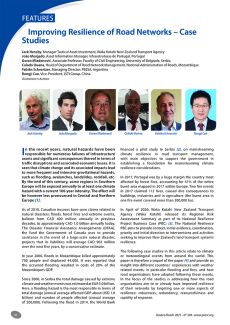
In the recent years, natural hazards have been responsible for numerous failures of infrastructure assets and significant consequences thereof in terms of traffic disruptions and associated economic losses. It is seen that climate change and its associated impacts lead to more frequent and intensive gravitational hazards, such as flooding, avalanches, landslides, rockfall, etc. By the end of this century, some regions in Southern Europe will be exposed annually to at least one climate hazard with [...]
-
Improving resilience of road networks - Framework
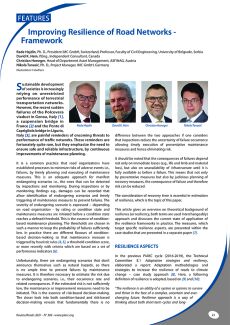
Sustainable development of societies is increasingly relying on unrestricted performance of terrestrial transportation networks. However, the recent sudden failures of the Polcevera viaduct in Genoa, Italy, a suspension bridge in France and the Ponte di Caprigliola bridge in Liguria, Italy, are painful reminders of oncoming threats to performance of traffic networks. These reminders are fortunately quite rare, but they emphasize the need to ensure safe and reliable infrastructure, by continuous [...]